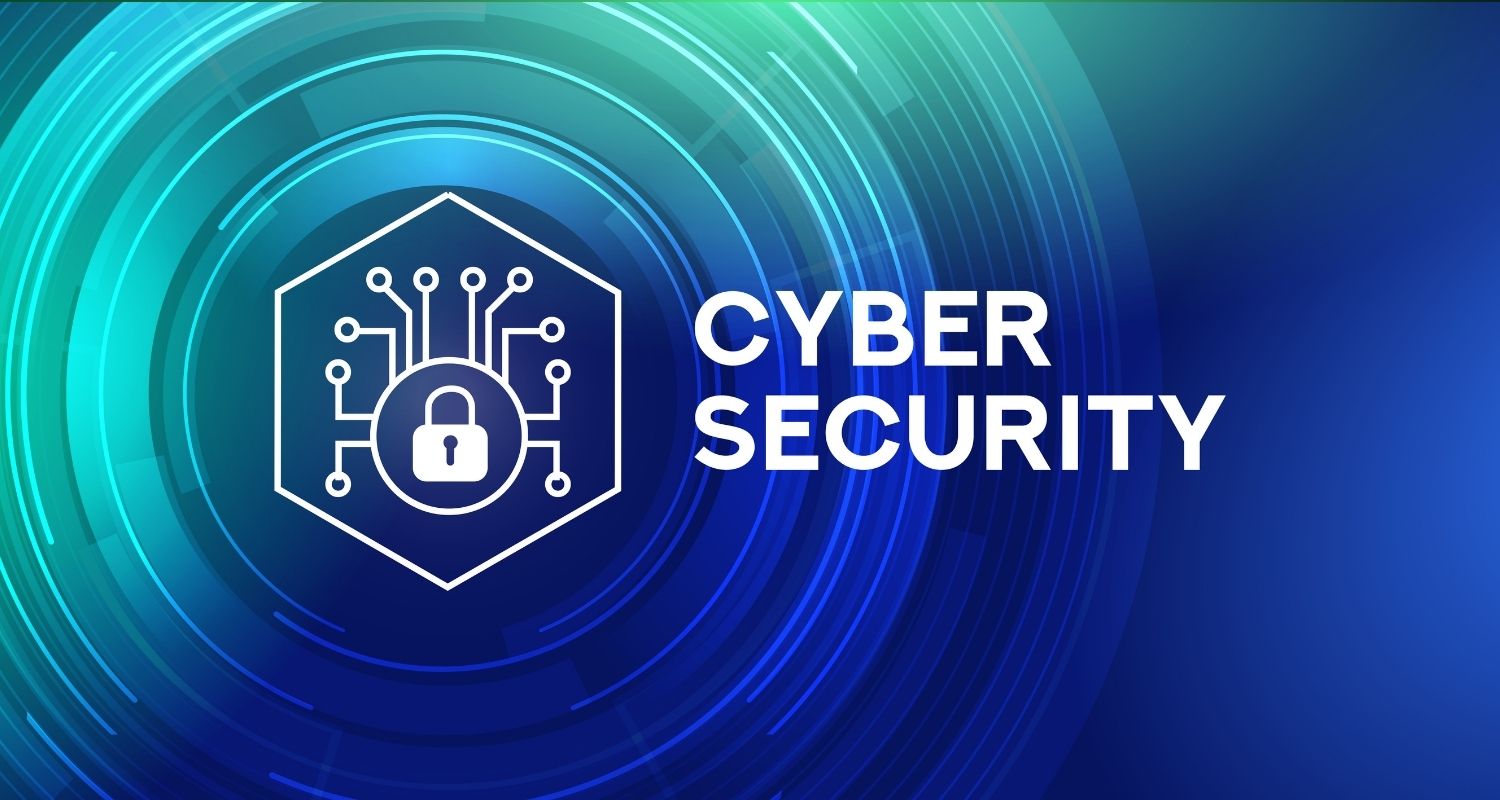Table of Contents
Cyber security professionals have to protect computer systems from many different types of cyber threats. Every day, cyber-attacks happen to businesses and private systems, and the number and type of attacks have quickly changed.
It’s hard to say why cyber-attacks happen. Another is money. Cybercriminals may take a system down and demand payment to get it back up and running again. Ransomware, an attack that locks people out of their computers and demands money to get them back, is now more advanced than ever.
Corporations are at risk from cyber attacks, but people are also at risk because they store personal information on their phones and use public networks that aren’t safe.
Tracking new and growing cyber attacks is the best way to improve cyber security. As cyber security professionals learn more about threats and cyber security information, earning an online master’s degree in cyber security can be very important.
What Exactly Is A Cyber Security Threat?
 Refers to any possible threat from an attack that tries to get into someone’s data illegally, stop digital operations, or damage information. Cyber threats can originate from corporate spies, including various actors, terrorist groups, hacktivists, criminal organizations, hostile nation-states, lone hackers and disgruntled employees.
Refers to any possible threat from an attack that tries to get into someone’s data illegally, stop digital operations, or damage information. Cyber threats can originate from corporate spies, including various actors, terrorist groups, hacktivists, criminal organizations, hostile nation-states, lone hackers and disgruntled employees.
Cyber attackers can use a person’s or a company’s private information to steal information or get into their financial accounts, among other things. Cyber security professionals like CyberHunter are needed to keep private data safe.
Seven Types of Cyber Security Threats
Cyber security professionals should know a lot about the following types of cyber security threats to protect their clients.
1. Malware
Malware is software that does bad things, like spyware, ransomware, viruses, and worms. Users can get malware when they click on a malicious link or attachment, which leads to dangerous software being installed.
- Access to important network parts is blocked (ransomware)
- Add more harmful software to your computer
- By sending data from the hard drive, you can get information without anyone noticing (spyware)
- Disrupt parts of the system, making it inoperable.
2. Emotet
It’s an “advanced, modular banking Trojan that mostly downloads or drops other banking Trojans.” Emotet is still one of the most costly and destructive viruses out there today.
3. Denial of Service (DoS)
A denial of service is a type of cyber attack that floods a computer or network with traffic so it can’t respond to requests. This makes the computer or network unable to work. It’s the same thing, but the attack comes from a computer network. Cybercriminals often use a flood attack to stop the “handshake” process and do something called a DoS. A lot of other techniques could be used, and some cyber attackers might use the time that a network is down to launch other attacks, too. A botnet is a type of DDoS in which a hacker can control millions of computers that have malware on them. Botnets, also known as “zombie systems,” attack and overwhelm a target’s processing power. Botnets are spread out worldwide, and it’s hard to find them.
4. Man in the Middle (MITM)
A man-in-the-middle attack happens when hackers get into a two-party transaction. After they stop the traffic, they can filter and steal data. MITM attacks happen when a visitor connects to a public Wi-Fi network that isn’t safe. Attackers put themselves between the visitor and the network and then use malware to install software and do bad things with the data.
5. Phishing
Phishing attacks use fake communication, like an email, to get people to open it and follow the instructions inside, like giving out their credit card number. The goal is to get private information, like credit card and login information, or to put malware on the victim’s computer, so they can’t do what they want.
6. SQL Injection
One way to do this is to put malicious code into a server that uses Structured Query Language (SQL). When the server is infected, it gives out information. It can be as easy as typing the malicious code into a search box on a website that isn’t safe.
7. Password Attacks
There is a lot of information that can be found with the right password. The term “social engineering” is used to describe a type of password attack that cyber attackers use that relies a lot on human interaction and often tricks people into breaking standard security practices. Other password attacks include getting into a password database or just guessing the password.


